How to Dominate the Net: Serve and Volley Like a Pro
20 November 2024
Tennis has seen its fair share of iconic styles, but few strategies are as intimidating, fast-paced, and thrilling as the serve and volley. You know that feeling when you see a player charge the net after a powerful serve? It’s like watching a lion pounce on its prey. If you’ve ever wondered how you can develop that kind of aggressive, net-rushing game, you’re in the right place.
In this article, I'll break down the essentials of serve and volley tennis. Whether you’re a beginner or someone who's been playing for a while but wants to up their game, this guide will help you dominate with this classic yet deadly effective tactic.
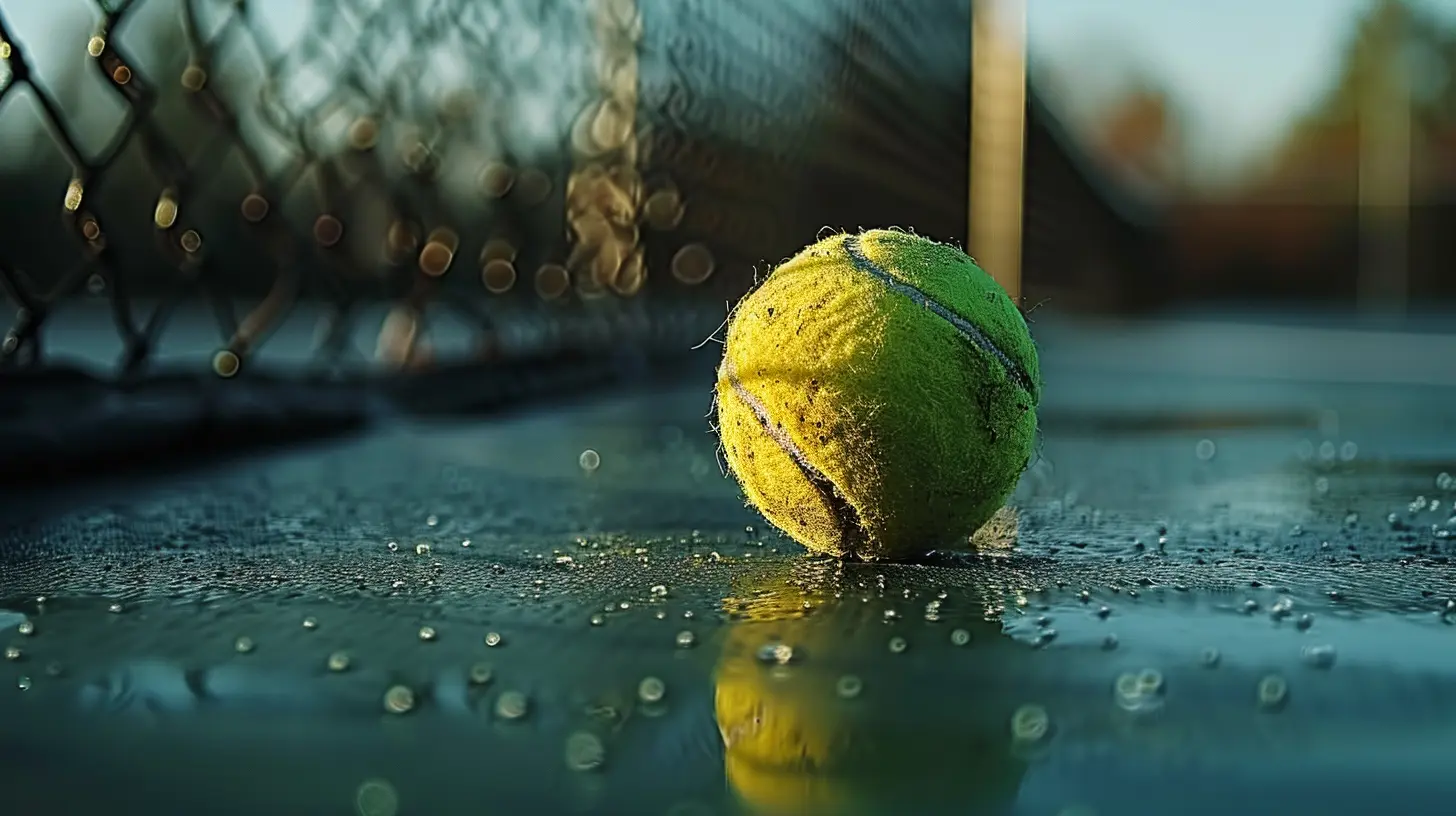
What Is Serve and Volley Tennis?
Let's start with the basics. Serve and volley tennis is a style of play where you serve the ball and immediately move forward toward the net to volley the opponent's return. Unlike baseline rallies, where you stay back and exchange groundstrokes, this approach emphasizes quick points and aggressive tactics.The goal? To catch your opponent off guard, take time away from them, and finish points swiftly. It’s a high-risk, high-reward strategy that can turn you into a nightmare for anyone standing on the other side of the net.
But let’s be real, perfecting the serve and volley is no walk in the park. You need sharp reflexes, a solid serve, and a keen sense of positioning. So, how do you get there?
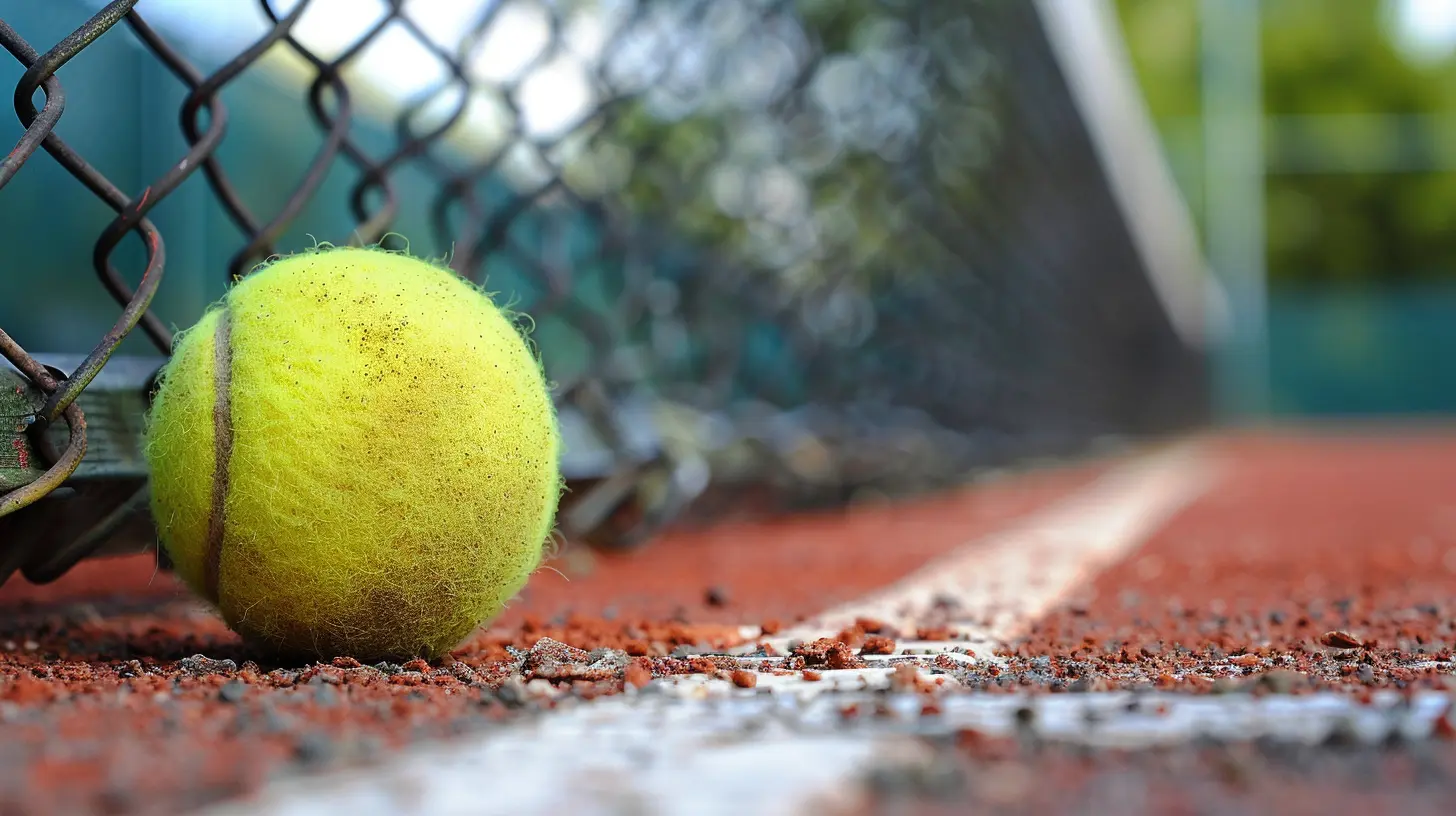
Why the Serve and Volley Strategy Works
Before we dive into the how, let’s talk about why this strategy works—when done correctly, of course.1. Forcing Your Opponent to Rush
When you serve and immediately charge the net, your opponent has to react quickly. They don’t have the luxury to set up a perfect groundstroke. This pressure often leads to rushed shots, mistakes, or a weak return that you can easily put away with a volley.2. Shorter Points
Serve and volley is all about quick points. If you're someone who doesn't enjoy long rallies or just wants to conserve energy, this style is for you. You’re not getting into 20-shot exchanges; instead, you’re finishing points in 3 to 4 hits.3. Intimidation Factor
Let’s face it, nobody likes playing against a net rusher. It feels like you're constantly under attack, and that psychological pressure can get inside your opponent's head. Once they start worrying about your net game, they may throw in more errors or start avoiding aggressive returns, giving you the upper hand.4. Variety in Play
Even if serving and volleying isn’t your main style, incorporating it occasionally keeps your opponent guessing. Mixing it up with baseline rallies and net approaches can disrupt their rhythm and make you a more unpredictable player.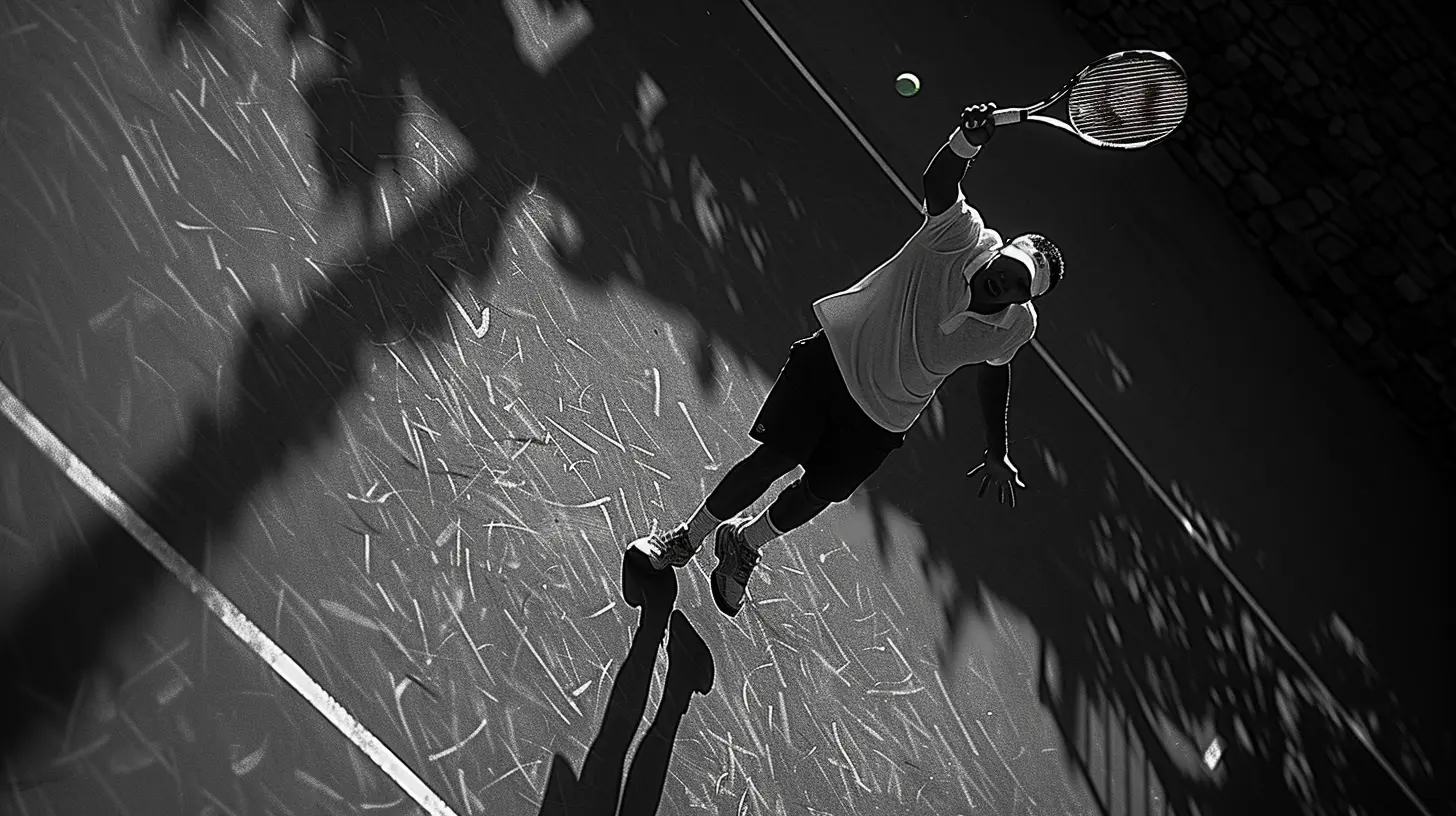
The Key Elements of a Successful Serve and Volley
Now that you’re sold on why this strategy rocks, let’s break down the key components you need to master.1. A Strong, Well-Placed Serve
Your serve is the foundation of the serve and volley game. Without a solid serve, you’re just setting yourself up for failure. But it’s not just about power—placement is equally, if not more, important. Here are a few things to consider:- Power: A fast serve gives you more time to close in on the net.
- Spin: A kick serve or slice can make it harder for your opponent to return with precision.
- Placement: Target your opponent’s weaker side or aim for deep corners. This makes it harder for them to get a solid return, giving you an easier volley.
Think of your serve as the opening move in a chess game. It’s not just about making a move—it’s about setting yourself up for success in the next few steps.
2. Quick Transition to the Net
The second the ball leaves your racket, you need to be on the move. A lot of players hesitate or take their time getting to the net, and that’s a big mistake. You want to close in as quickly as possible, ideally reaching the service line or closer by the time your opponent is making contact with the ball.Tips for a Faster Transition:
- Explosive First Step: The first step after your serve should be explosive. Push off your back foot and start sprinting toward the net.- Stay Low: Keep your body low as you approach the net. This allows for quicker reactions and better balance when you need to adjust for a volley.
- Short, Controlled Steps: As you get closer to the net, your steps should shorten. You want to be in a position where you can quickly change direction if needed.
3. Mastering the Volley
Once you're at the net, it’s all about the volley. A great volleyer can react quickly and place the ball in spots that leave their opponent scrambling. But it’s not as easy as it looks. Here’s how to volley like a pro:Types of Volleys:
- Punch Volley: This is your go-to volley. It’s firm, quick, and aimed deep into the court. To execute this, you want to punch the ball with a short, compact stroke. Don’t swing too wildly—keep it controlled.- Drop Volley: Perfect for when your opponent is far behind the baseline. A delicate touch is required here. You just want to "drop" the ball softly over the net, forcing your opponent to rush forward.
- Half Volley: Sometimes, the ball will bounce just before you get to it. This is when you’ll need the half volley—essentially a low, short swing to get the ball back over the net without much elevation.
Volleying Tips:
- Firm Grip: Keep a firm grip on your racket to control the volley. Loose grips lead to mishits.- Short Backswing: Don’t take a huge backswing. A short, punchy motion is all you need to volley effectively.
- Positioning: Place your volley deep into the court or angle it to the sides to make it harder for your opponent to return. A deep volley forces your opponent back, while an angled one pulls them off the court.
4. Court Positioning
Positioning is everything in serve and volley tennis. You don’t want to be caught in no man’s land—the area between the baseline and service line—where you’re too far from the net but not far enough to hit a solid groundstroke. Once you're at the net, try to:- Cut Off Angles: Position yourself in the center of where your opponent is likely to aim their return. This gives you the best chance to intercept their shot.
- Stay Alert: Always be ready to move. Tennis is dynamic, and your opponent may try to pass you with a down-the-line shot or lob. Be prepared to adjust quickly.
5. Anticipation and Reaction
Serve and volley requires you to have a good sense of anticipation. You need to read your opponent’s body language and swing to predict where their return is going. The quicker you can react, the better your chances of getting to the ball in time for a clean volley.Ways to Improve Your Anticipation:
- Watch the Racket: Pay attention to your opponent’s racket angle and motion. It can give you clues on whether they’re going for a cross-court shot, down-the-line, or lob.- Footwork Drills: Great footwork allows you to react faster. Spend time doing footwork drills that improve your agility and speed on the court.
- Practice: The more you practice serve and volley, the better you’ll get at reading your opponent’s next move.
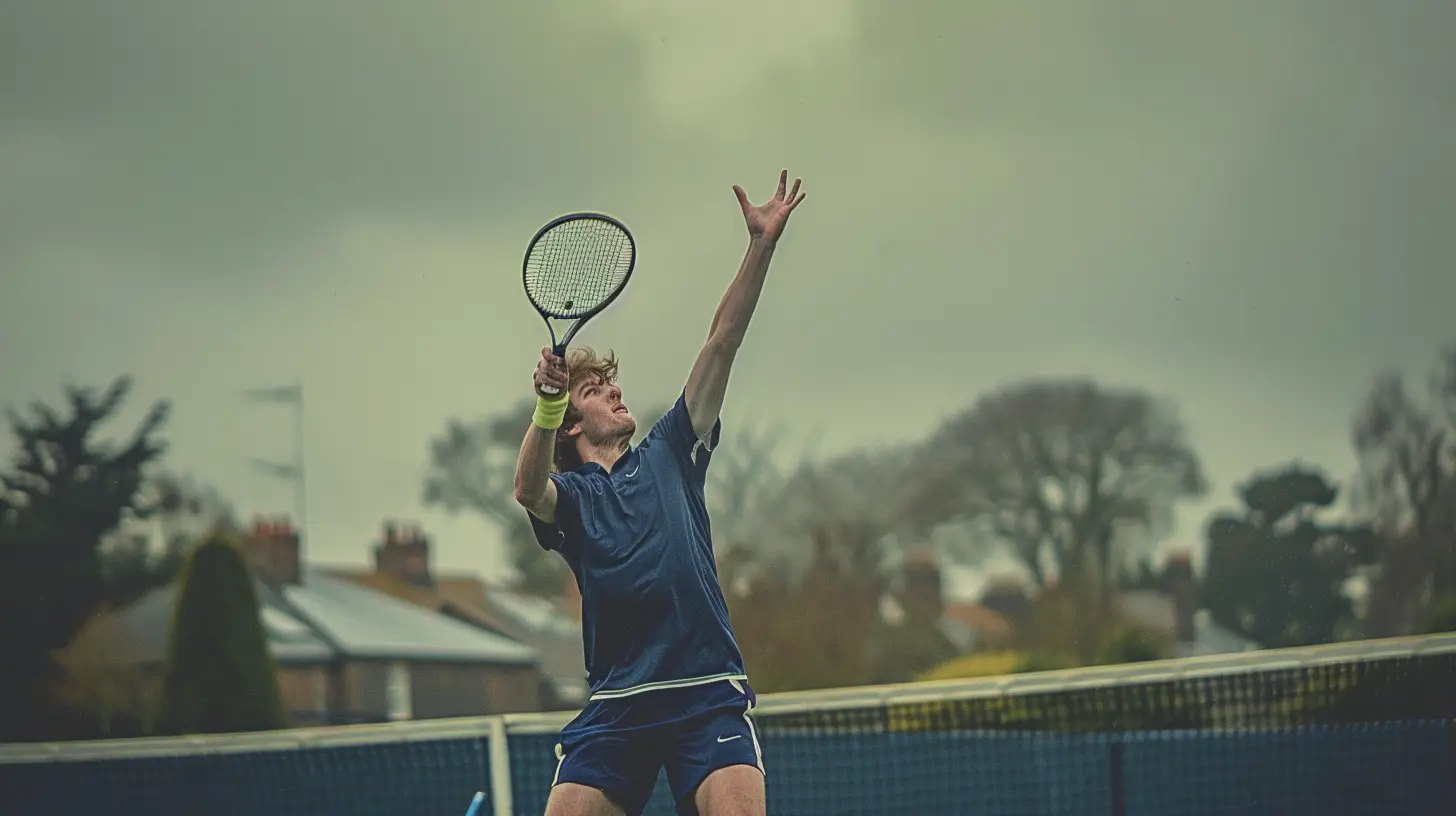
Common Mistakes and How to Avoid Them
Let’s not sugarcoat it—serve and volley tennis isn't foolproof. If you’re not careful, it can backfire. Here are some common mistakes to avoid:1. Rushing the Serve
Many players get so eager to rush the net that they don’t focus on their serve. Remember, your serve is what sets up the entire point. Take your time, focus, and execute a strong serve before moving forward.2. Getting Stuck in No Man’s Land
As mentioned earlier, getting caught between the baseline and the net is a death sentence. You won't be able to effectively volley or hit a solid groundstroke. Always make sure you commit to getting close to the net after your serve.3. Weak Volleys
A weak volley will give your opponent the chance to pass you. Always try to keep your volleys deep, angled, or drop them short if your opponent is far back.4. Not Mixing It Up
If you serve and volley every single point, your opponent will catch on. Mix it up with baseline rallies to keep them guessing.Why Serve and Volley Isn’t Dead
Some people say that serve and volley tennis is a dying art, especially with modern players favoring baseline play. But don’t let that fool you. It remains a powerful tool, especially on faster surfaces like grass or indoor courts. And let’s be real—it’s an exciting, crowd-pleasing style that can still dominate when executed well.
Wrapping it Up
Serve and volley is a strategy that requires precision, quick reflexes, and a bit of bravery. But if you master it, you’ll not only win points but also control the tempo of the match. So, the next time you step on the court, channel your inner McEnroe or Sampras, and start dominating the net like a pro.all images in this post were generated using AI tools
Category:
TennisAuthor:

Umberto Flores
Discussion
rate this article
21 comments
Alanna Wolfe
Serving up aces while juggling pineapples might not be standard practice, but who said pro skills can’t come with a sprinkle of whimsy? Let’s volley our way to victory!" 🍍🏐
February 19, 2025 at 11:32 AM

Umberto Flores
Absolutely! Embracing fun and creativity can elevate your game while mastering the essentials. Let’s serve and volley with style! 🍍🏐
Monique McMurtry
Want to serve and volley like a pro? Just remember: the net isn't a scary monster; it’s your best friend! Channel your inner tennis ninja, and don't forget—if you're not having fun, you're just hitting balls. Game, set, giggles! 🎾😄
February 6, 2025 at 12:23 PM

Umberto Flores
Absolutely! Embracing the net as your ally is key. Let’s turn those giggles into victories on the court! 🎾😄
Zarek McGrath
Master the serve and volley—it's time to own the net and crush your opponents!
February 2, 2025 at 4:48 AM

Umberto Flores
Absolutely! Mastering the serve and volley is key to controlling the net and gaining an edge over your opponents. Let's get to work!
Orionyx Willis
Great tips! Time to elevate!
January 30, 2025 at 1:37 PM

Umberto Flores
Thanks! Glad you found the tips helpful—time to take your game to the next level!
Reese Fry
This article provides valuable insights on mastering the serve-and-volley technique. The step-by-step tips make it easy to understand and implement, ensuring players can improve their court presence and dominate matches. A must-read for anyone looking to elevate their game to the next level!
January 24, 2025 at 8:33 PM

Umberto Flores
Thank you for your kind words! I'm glad you found the tips helpful for improving your serve-and-volley game. Happy playing!
Vaughn Hines
With every serve, ignite the court; volley dreams into reality, a champion's sport.
January 20, 2025 at 5:19 AM

Umberto Flores
Thank you! Embracing the energy of the court and turning dreams into actions is truly the essence of mastering the net game. Let's keep striving for greatness!
Bethany Brown
Great article! The serve-and-volley technique can be challenging, but your tips make it feel more achievable. Remember, practice and patience are key—everyone's journey looks different. Keep inspiring each other!
January 16, 2025 at 9:41 PM

Umberto Flores
Thank you! I'm glad you found the tips helpful. Practice and patience are indeed crucial—let's keep pushing each other to improve!
Maren Wood
This article offers valuable insights into mastering the serve and volley. It's a great reminder that technique and practice are key to improvement.
January 12, 2025 at 12:00 PM

Umberto Flores
Thank you! I'm glad you found the insights helpful. Technique and practice truly make all the difference in mastering the serve and volley.
Benjamin Riley
Great tips! Mastering serve and volley truly elevates your game to the next level!
January 9, 2025 at 5:48 AM

Umberto Flores
Thank you! I'm glad you found the tips helpful. Mastering serve and volley can indeed make a significant difference in your game!
Velvet Carey
Master the court strategy!
January 5, 2025 at 7:27 PM

Umberto Flores
Absolutely! Mastering court strategy is key to maximizing your serve-and-volley game. Positioning and anticipation can make all the difference!
Angela Good
Mastering serve and volley transforms court dynamics.
January 1, 2025 at 11:26 AM

Umberto Flores
Absolutely! Mastering serve and volley changes the way opponents play, forcing them to adapt and opens up more aggressive strategies for you.
Zyana Wilcox
In the dance of serve and volley, grace meets power, With each swift stroke, we conquer the hour. Master the net, let victory flower!
December 29, 2024 at 1:02 PM

Umberto Flores
Thank you! Your poetic take beautifully captures the essence of mastering the serve and volley game!
Joanna McClintock
Great insights on serving and volleying! Your tips are clear and actionable, making it easier for players to elevate their game. Can't wait to try these techniques on the court!
December 23, 2024 at 9:55 PM

Umberto Flores
Thank you! I'm glad you found the tips helpful. Enjoy practicing them on the court!
Azura Oliver
Mastering the serve and volley requires practice and strategy; agility and anticipation are your keys to net dominance.
December 18, 2024 at 8:07 PM

Umberto Flores
Absolutely! Mastering the serve and volley truly hinges on consistent practice and developing strategic instincts for agility and anticipation. Keep pushing your limits!
Delilah Powell
Absolutely loved this article! Serving and volleying can feel daunting, but your tips make it achievable. There's something so invigorating about rushing the net and feeling that rush of adrenaline. Can't wait to hit the courts and put these strategies into practice! Here’s to winning points and having fun! 🎾✨
December 16, 2024 at 5:18 AM

Umberto Flores
Thank you so much! I'm thrilled you found the tips helpful. Enjoy your time on the courts—here's to great games ahead! 🎾✨
Romina Warren
Ah yes, because all we need to dominate the net is a magic wand and a PhD in serving and volleying. Who knew tennis was just a glamorous game of catch with fancy outfits? Sign me up!
December 7, 2024 at 3:45 AM

Umberto Flores
Haha, it does seem that way! Mastering the net takes practice, but it's definitely more than just a game of catch. Join us and elevate your game! 🎾
Quade McCoy
Mastering serve and volley elevates your game and strategy.
November 29, 2024 at 1:55 PM

Umberto Flores
Absolutely! Mastering the serve and volley not only enhances your skills but also adds a dynamic layer to your strategy, making you a formidable opponent at the net.
Beth Sullivan
Great article! The tips on mastering the serve and volley technique are incredibly insightful. I appreciate how you broke down the steps for players at all levels. Looking forward to applying these strategies in my next match. Keep up the fantastic work!
November 27, 2024 at 1:08 PM

Umberto Flores
Thank you for your kind words! I'm glad you found the tips helpful. Best of luck in your next match!
Maria McMaster
Great tips! Mastering serve and volley can elevate your game. Focus on timing and positioning for maximum effectiveness on the court!
November 24, 2024 at 8:28 PM

Umberto Flores
Thank you! Timing and positioning are crucial for mastering the serve and volley. Happy practicing!
Uma Sheppard
This article nails the essence of serve and volley tactics! The practical tips and clear explanations make it easy to understand how to improve this crucial part of tennis. With some practice, anyone can elevate their game and dominate the net!
November 23, 2024 at 1:27 PM

Umberto Flores
Thank you! I'm glad you found the tips helpful—practice is key to mastering serve and volley. Happy playing!
Aelith Hayes
Great tips! Mastering serve and volley is essential!
November 21, 2024 at 4:23 AM

Umberto Flores
Thank you! Glad you found the tips helpful—serve and volley can truly elevate your game!
MORE POSTS

The Difference Between Steel and Graphite Shafts: Which Is Best?

How Club Teams Navigate the Transfer Market: Strategies for Success

Derby Days: The Intensity of AC Milan vs. Inter Milan

The Most Memorable Matches in Club Team History

Top Anti-Inflammatory Foods to Speed Up Athletic Recovery

How Stadiums are Adjusting to the Growing Demand for E-Sports

Exploring the Biggest Club Team Rivalries in Sports History

A Look Inside the Most Expensive Stadiums Ever Built

The Importance of Communication for Referees on the Field
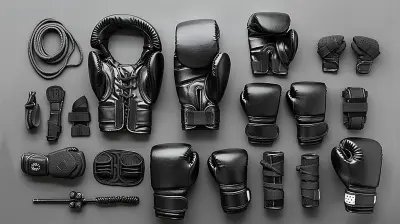
The Best Gear for Martial Arts Practitioners

Creating a Home Gym on a Budget: Essentials You Need

How Club Teams Are Redefining Youth Development in Sports

Inside the Training: A Day in the Life of Elite Club Athletes